What is AAC?
If you are reading this – chances are you know a kiddo that is a late talker, has a diagnosed language delay, and/or a diagnosis that involves difficulties with communication in general and you are wanting to support and help them increase their communication and language skills. Hopefully, you have heard of Augmentative and Alternative Communication or AAC, but if not, don’t worry – keep reading!
First and foremost, a definition – AAC stands for Augmentative and Alternative Communication – let’s break that down:
Augmentative: a supplement to existing speech

Augmentative: Adding to existing verbal speech and language
Alternative: used when speech is non-functional and/or absent

Alternative: Instead of Verbal Speech and Language
An important thing to know and learn from these definitions is that AAC is beneficial for both kids that are not yet speaking as well as kids that are already talking.
There are MANY different forms of AAC including:
- Gestures
- Signs
- Object representation
- Pictures
- Communication boards (choice boards, Core/Fringe Vocabulary boards, etc)
- Speech-generating devices with voice output recorded by us, the communication partner as well as speech generating devices and apps that are preprogrammed and editable.
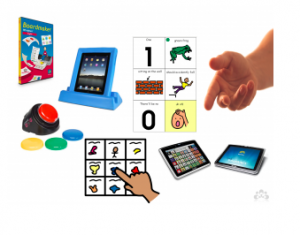
Various examples of AAC
One thing that all of these AAC examples have in common is that they often use specific vocabulary that research has proven to be the most effective in teaching beginning communicators and AAC users to communicate in the most functional, effective and efficient way. This vocabulary is known as Core vocabulary.
Core & Fringe Vocabulary
We all know that there are SO MANY words that we use throughout our day – how are we supposed to choose which words to teach first? Especially to our kiddos with complex communication needs – this seems like an impossible task!
While it is nearly impossible to know what words our kiddos with complex communication needs would choose as their first words, thanks to research we can know what words are used most frequently. This group of words are often referred to as Core Vocabulary. Core vocabulary words actually make up approximately 80% of what we say, all day, everyday, When you think about it that way, it makes sense to teach these words first. These are the words that kiddos hear before they start talking so it makes sense that these would be the words that they would use first when they start to talk or communicate via other means of Augmentative and Alternative Communication or AAC such as pictures, communication apps or devices, etc.
Here are some other facts about core vocabulary: compared to all the words available to us, those words that are considered core vocabulary are in a pretty small group. They are a variety of parts of speech including verbs, pronouns, prepositions, etc. These words are also used across a variety of different environments, routines, etc.
So, given all of these factors, it makes sense that these are the words that, not only make up the majority of the words we use daily, but also the words that are most important to provide students access to for communication at the very basic level and beyond.
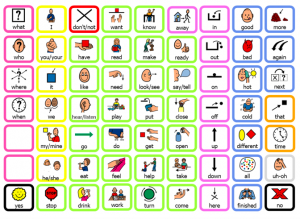
Example of a Core Vocabulary Communication Board
This is an example of a core vocabulary communication board. There are many different versions of core vocabulary communication boards, some have more words, some have less, none are wrong.
So, now that you know more about the backgrounds of what Core Vocabulary is – I want to teach you a little about the opposite of core and that is Fringe Vocabulary. Fringe vocabulary is the rest of the words that we use throughout our day. If core vocabulary makes up 80% of that we say everyday, Fringe vocabulary makes up about 20%. Fringe vocabulary is also very limited in where and when we can use it and consists mostly of nouns and labels for items.
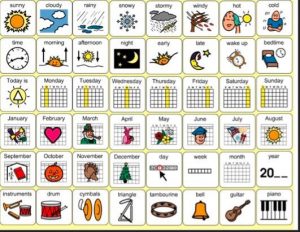
Example of a fringe vocabulary board
This is an example of a fringe vocabulary board that could be used in a classroom for a calendar activity. As you can see the majority of the words are nouns and labels.
While core vocabulary is used more frequently, fringe vocabulary is what we need to use to make our communication more specific – they are both important! I often think of this graphic when describing the interaction between Core & Fringe vocabulary.
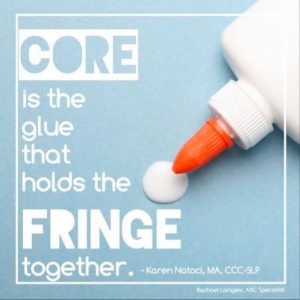
Core is the glue that holds the fringe together
We can and should use core and fringe vocabulary together throughout the day within all communication.
Now that you know more about AAC, core and fringe vocabulary – you may have some additional questions about how to use these ways to communicate. Hold that thought and subscribe to SENSEable Literacy – I have more information coming on this exact topic!
By the way, if you are more of a visual and auditory learner, click here to watch a YouTube video sharing this information.
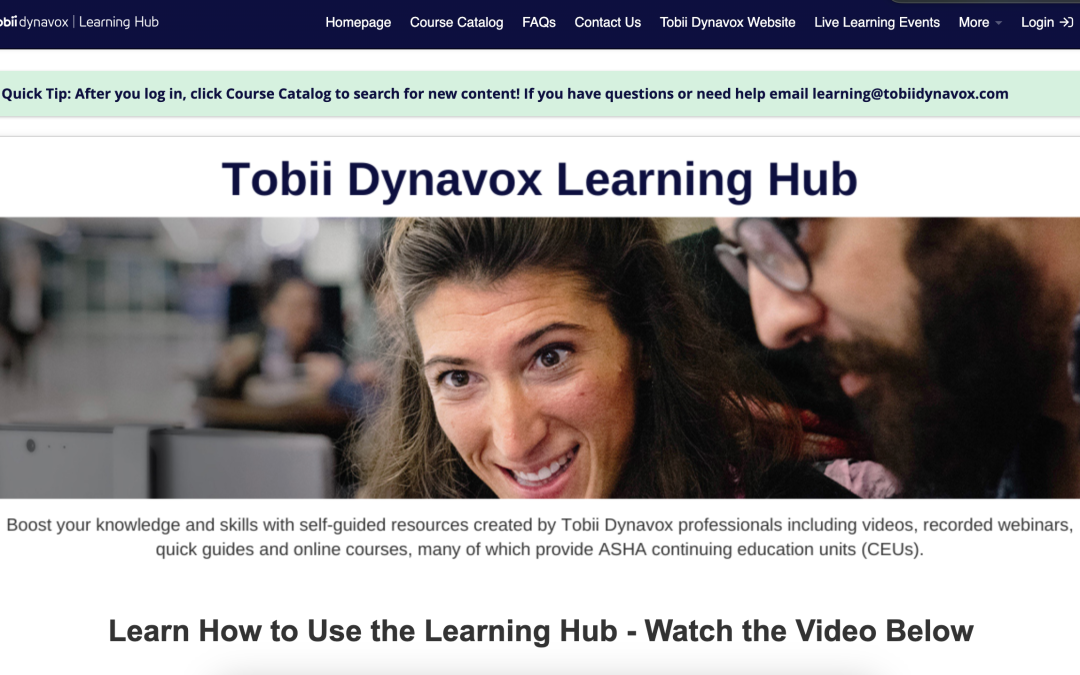
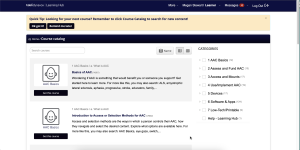
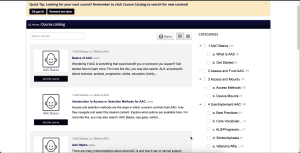
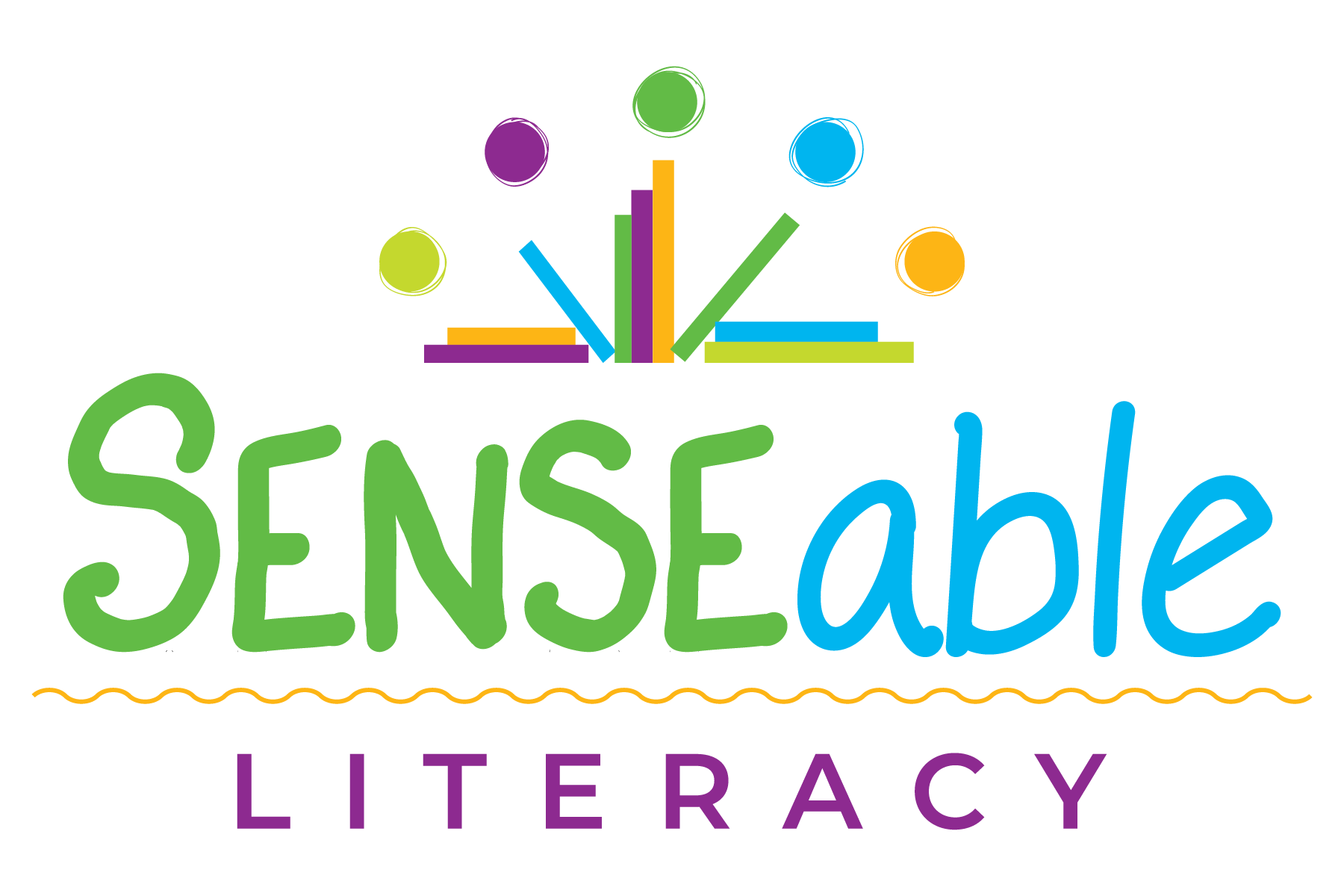
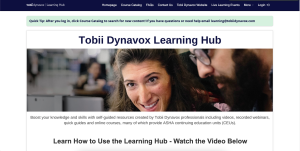
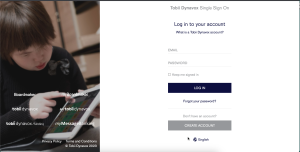
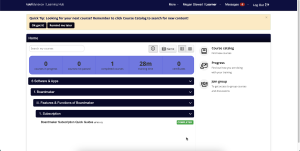
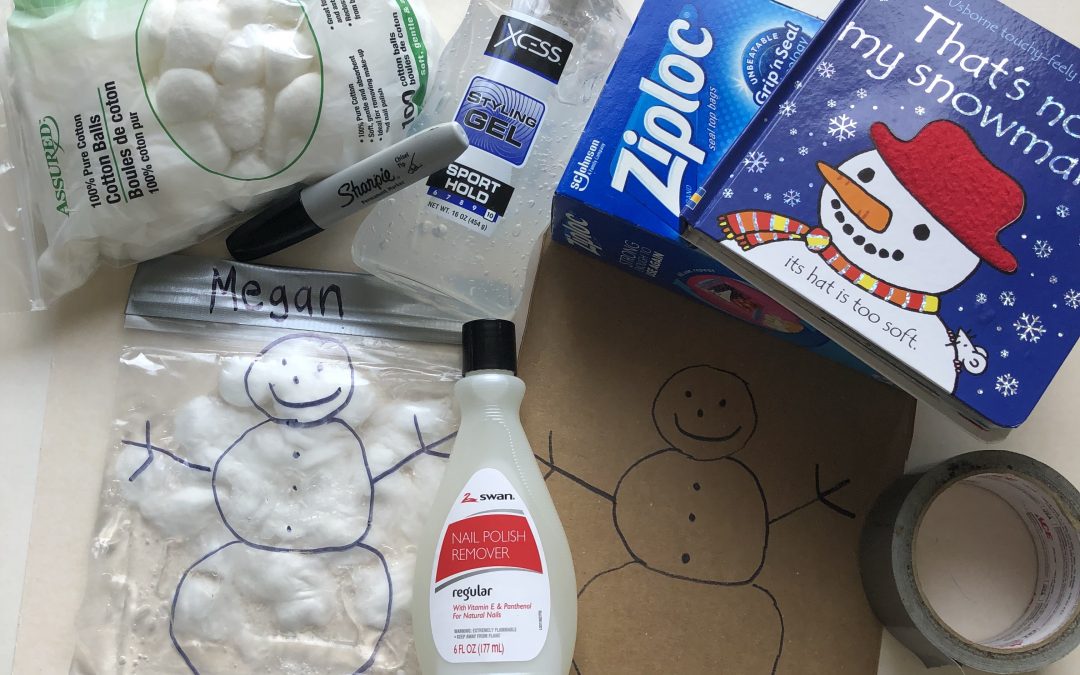
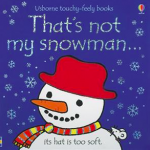
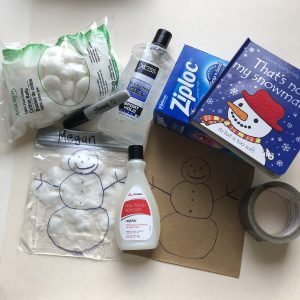

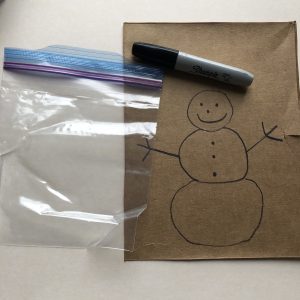
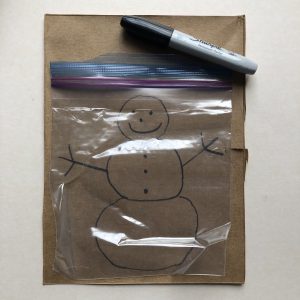
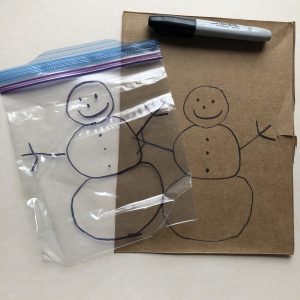
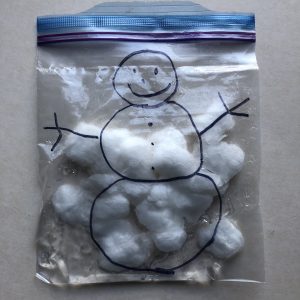
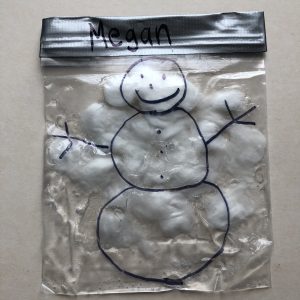
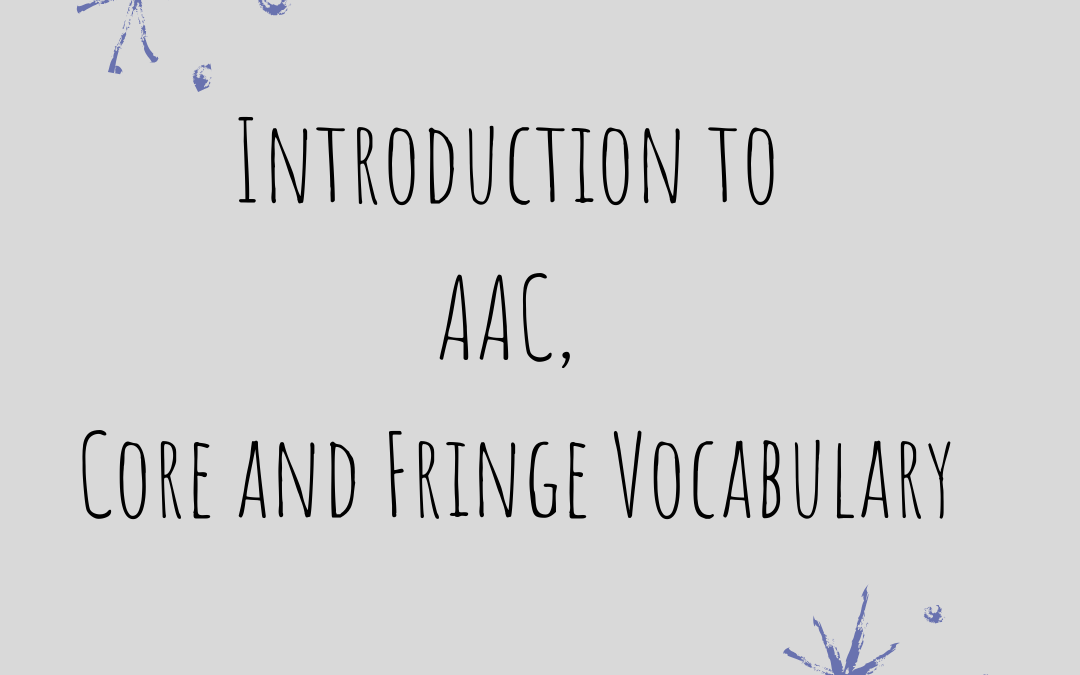






Recent Comments